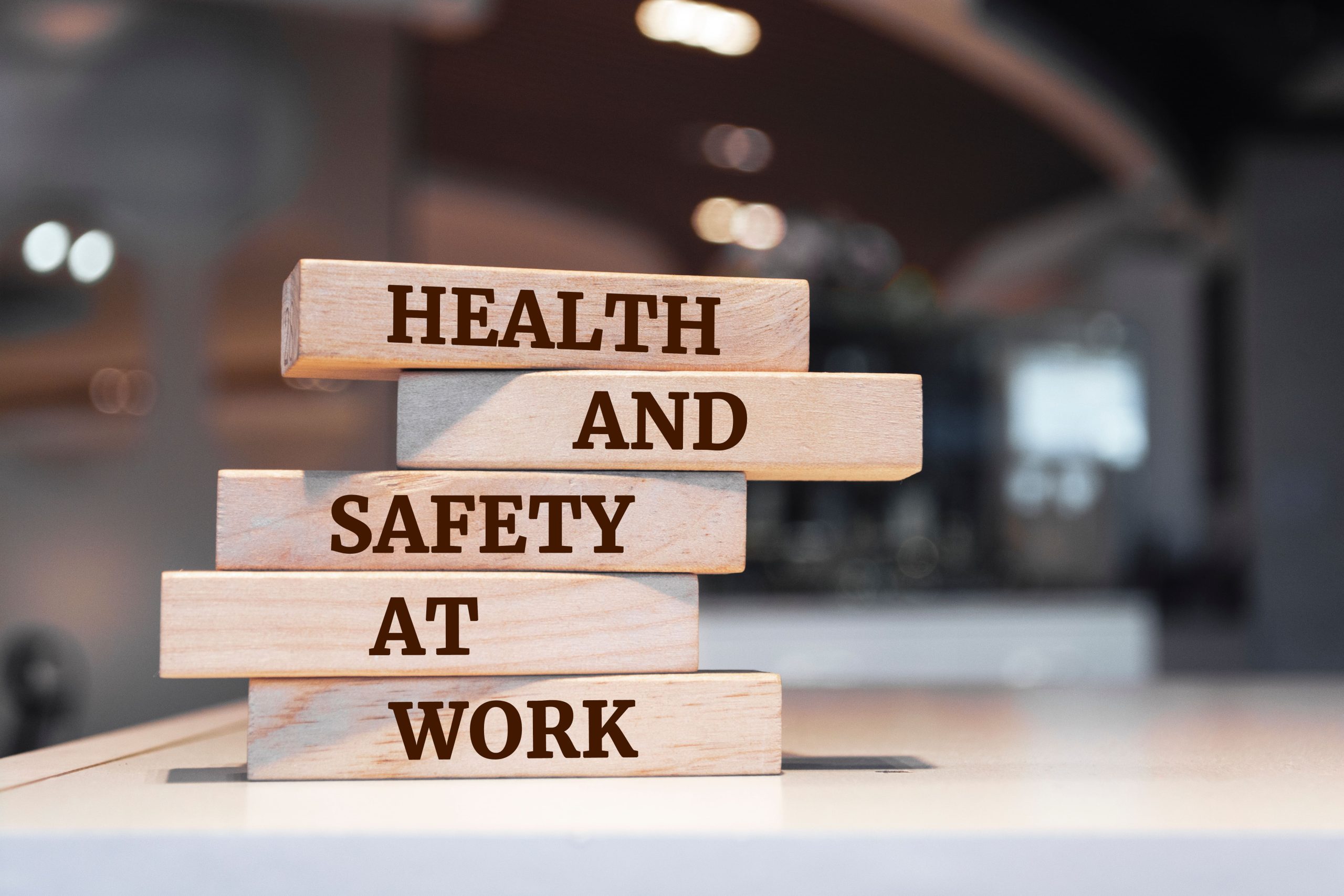Sign up for the latest news & insights
BLOG
Health and Safety at Work Act 1974 | A guide for employers

Why was the Health and Safety at Work Act 1974 introduced? This article explains the history of the Act, who it applies to and the responsibilities of employers to ensure compliance.
It may be a lengthy piece of legislation to get your head around, but it’s important to have a working understanding of its contents and how they apply to your organisation, as failure to comply could leave you exposed to health and safety fines and reputational damage.
Indeed, although it was drafted over 40 years ago, the Health and Safety at Work etc Act 1974 (HSWA) is still relevant in today’s working world.
All 121 pages of the Act can be found here. However, if don’t have time to read the document in its entirety (and let’s face it, not many employers would), this guide provides a Health and Safety at Work Act summary, including an overview of its provisions and who they apply to.
History of the Health and Safety at Work Act summary
The Health and Safety at Work Act etc (HSWA) has been part of the UK legal system since 1974. It was developed in response to the particularly dangerous employment conditions that existed in factories and mines at the time.
Prior to the introduction of the Health and Safety at Work Act, the UK had no comprehensive legislation that dealt with workplace health and safety. Instead, there was lots of disconnected and unsystematic pieces of sector-specific legislation, with separate laws for factories, offices, shops, mines, construction and railways. These regulations were prescriptive and did not cover technological developments or provide legal protection for the public.
Do you need support?
Speak to us for an honest, no obligation chat on:
0345 226 8393 Lines are open 9am – 5pm
A series of tragic events
A number of incidents exposed the dangers of a lack of fundamental health and safety protection for workers.
In 1968, the James Watt Street fire in Glasgow resulted in the deaths of 22 factory workers. The building had previously been used as a whisky bond and high security measures had been put in place, including barred windows. This compromised the escape of those inside the building once the fire broke out. Poor building standards and premises being modified from their original purpose resulted in a number of similarly tragic fires in the 30 years following the Second World War.
In 1974, the year the Act was introduced, a fire at a chemical plant close to the village of Flixborough killed 28 people and seriously injured 36 others. At the time, no UK legislation covered a chemical plant, or even an office, leaving workers and members of the public exposed to risk.
This all changed with the introduction of the Health and Safety at Work Act.
In response to the inadequacies of UK health and safety law, and the fact that the Employed Persons (Health and Safety) Bill introduced in 1970 had not gone far enough, a health and safety committee was established, chaired by Lord Alfred Robens. Lord Robens was tasked with creating a piece of health and safety legislation that would be:
- Easy to follow; and
- Flexible enough to be applied regardless of an organisation’s size or risk.
The Act was quickly developed and implemented. For the first time, the UK implemented comprehensive health and safety legislation to cover:
- Employment generally; and
- Members of the public affected by work activities.

Who does the Health and Safety at Work Act apply to?
The Health and Safety at Work Act applies (with a few exceptions) to everyone “at work”.
Part 1 sets out the general duties of:
- Employers;
- Employees;
- Self-employed people;
- Those in control of non-domestic premises; and
- Manufacturers and suppliers of articles and substances.
General duties
Part 1 of the Health and Safety at Work Act regulates workplace health, safety and welfare. It aims to protect people from the risk of injury or ill health by:
- Ensuring employees’ health, safety and welfare at work;
- Protecting non-employees against the health and safety risks arising from work activities; and
- Controlling the keeping and use of explosive or highly flammable or dangerous substances.
The Health and Safety at Work Act and employers
For employers, there are four main sections of the Health and Safety at Work Act to be aware of.
Below is a Health and Safety Work Act summary of the duties employers owe to their employees and others that may be affected by their activities.
Section 2
This places a duty on employers to ensure, so far as is reasonably practicable, the health, safety and wellbeing of all employees at work.
Section 2
This provides that employers must, so far as is reasonably practicable, ensure the health and safety of any non-employees who may be affected by the conduct of their undertaking. This includes members of the public, contractors and visitors.
Section 7
This states that employees themselves have a duty to take reasonable care for their own health and safety. They must also protect the health and safety of other workers and anybody else who may be affected by their actions or omissions at work.
Section 33
This places a duty on directors and senior managers and provides that they may be prosecuted if it is found that an offence committed by the company was committed with their consent, their connivance, or was attributable to their neglect.
These duties apply in England, Wales, Scotland and Northern Ireland.
What else does the Act do?
As well as placing duties on employers, the Health and Safety at Work Act also:
- Provides for health and safety regulations and codes of practice to be made; and
- Gives the Health and Safety Executive (HSE) or local authority inspectors permission to enforce health and safety laws.
Under the Act, inspectors are given extensive investigative powers and can:
- Serve enforcement notices in the form of prohibition and improvement notices; and
- Bring prosecutions for health and safety offences.
Health and safety law is partly enforced through inspector notices; however, more serious cases may result in criminal prosecution. Professional support from a Health & Safety Consultant can be instrumental in reducing your risk of fines and prosecution.
Are you meeting your responsibilities under the Health and Safety at Work Act?
In practical terms, there are a number of measures employers must take to ensure compliance with the Health and Safety at Work Act.
The below checklist for employers provides a Health and Safety at Work Act summary of responsibilities. Use it to ensure you are providing a safe and compliant working environment:
Have you provided staff with safety equipment and safe systems of work? |
Is equipment properly maintained? |
Are materials properly stored, handled, used and transported? |
Have you provided sufficient instruction, supervision and training to allow staff to undertake their role safely? |
Do you have a written health and safety policy? |
Have you conducted a risk assessment to identify and control potential causes of harm within the workplace? |
By implementing these precautionary measures, you can be satisfied that you have taken proactive steps to reduce the likelihood of incidents occurring and that you are working within the legal framework of the Health and Safety at Work Act. Seeking support from a Health & Safety company will give you the confidence that you are meeting your legal responsibilities as an employer.
Breach of duty
Contrary to what you may believe, it is not necessary to show actual injury or ill health in order for you to be found in breach of duty; you may also be held liable under the Health and Safety at Work Act if an individual is exposed to risk.
Health and safety offences may only be defended if you can prove that it wasn’t “reasonably practicable” to take measures to eliminate the risk of injury or the risk to a person’s safety.
It is a criminal offence to fail to comply with the general duties imposed on you by the Health and Safety at Work Act. It is therefore imperative that employers take their responsibilities under the Act seriously.
Related Content
Need help getting to grips with the Health and Safety at Work Act?
If you would like expert guidance on applying the provisions of the Health and Safety at Work Act within your organisation, our qualified Health & Safety specialists can provide expert advice and help to make your responsibilities clear.
We can also provide practical support with conducting risk assessments, creating safe systems of work and producing a health and safety policy tailored to your organisation.
Get in touch with our team on 0345 226 8393 or request your free consultation using the button below.



